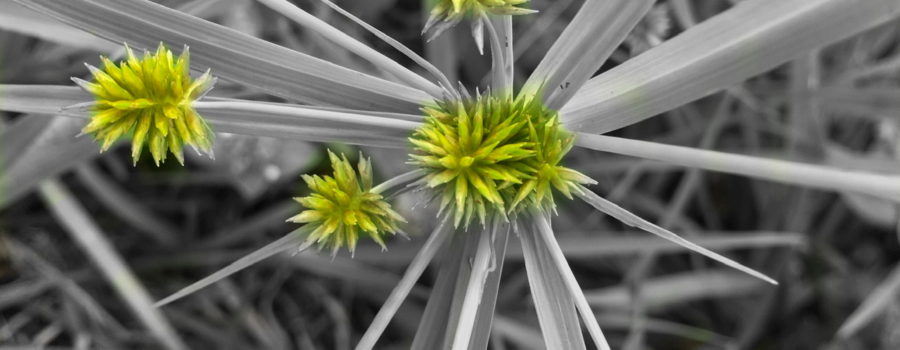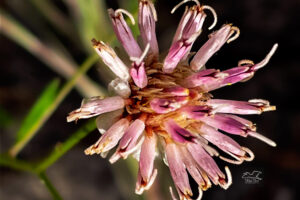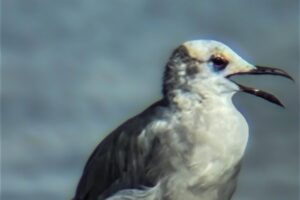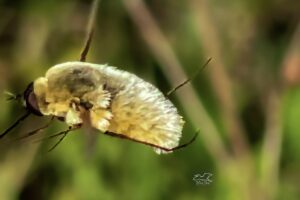How to Take Great Nature Photographs: Use Textures

What is texture in photography? It’s a common question, especially amongst beginners, and a question I have asked myself on more than one occasion. I think we all know what texture is in real life. It refers to the feel of a object from rough (imagine a piece of course sandpaper) to smooth (image a piece of highly polished marble) and from soft (image your favorite pajamas) to hard (there’s that piece of marble again!) and of course any number of values in between. But how do we express texture in a flat photograph? The answer to that is that we manipulate texture by using color, shape, tone, and depth in our images. And I do mean manipulate because as photographers we can control a lot of what a viewer sees in our work.

We have talked before about how we can use the aspects of light in our photos. Depending on light intensity, direction, color, and quality we can bring out a lot of detail in one part of our photo, while hiding other parts in shadow. The use of highlights and shadows creates the feeling of three dimensionality in our work, and is very important for expressing texture. Detail is also important for expressing texture. It’s much more difficult (I won’t say impossible) to express texture when there is poor detail in a picture. Expressing texture well tends to bring life to what might otherwise be an uninteresting flat image, and that is hard to do without good detail (although poor detail and blur can be textures on their own and in certain images, can be very effective).

So how do we express texture in our nature photos? We look for interesting details and we try to emphasize those in our images. For example, which is more interesting, a flat feather lying on the ground, or a closer, more detailed image that shows individual filaments of the feather coming together to form the whole? By choosing where we shoot from, we are manipulating our final image and emphasizing it’s texture. Similarly, which is more interesting, an empty beach with calm water, or a beach with large waves crashing onto a rough, rocky outcrop? In this case, we are manipulating texture by choosing when and where we shoot. In both cases, we are making the images more interesting by emphasizing texture.

Nature is full of textures, and how we decide to use them is completely up to us as artists. That’s one of the really fun aspects of being a photographer, and it is also part of how we develop our own styles or brands. So how do we get good at this and develop a style? Like so often is the case, practice, practice, practice and experiment. Pay attention to the textures of your subjects from the soft fur of an animal or petals of a flower to the hard beak of a bird or the firmness of a piece of ripe fruit. Shoot from various angles and distances with light in front and light behind. Change your camera settings to allow more or less light into the image. Shoot at different times of the day and in different types of weather. Use different types of lenses or filters, and then look critically at the results. Decide what you like and what you don’t. Decide what you can do better and what you are happy with, and try to figure out how to improve the things you could do better. And above all else, have FUN with it!! Do any of you have tips for using texture in your photos?





Recent Comments